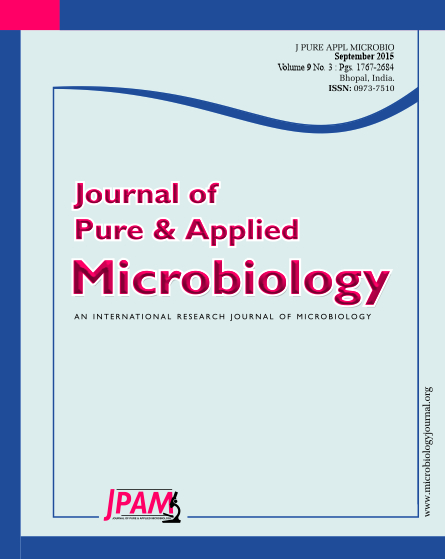Bacillus atrophaeus XW2, isolated from poplar leaves, shows a strong inhibitory effect against the fungus Colletotrichum gloeosporioides, which causes poplar anthracnose. The effects of different medium components on antifungal activity against C. gloeosporioides were examined with a view to improving the antifungal activity of XW2. Plackett-Burman design revealed that among eight components within the basal medium, glucose, peptone, and yeast extract had positive effects on antifungal activity. The steepest ascent method determined the local maximums for these important factors. Central composite design then determined the optimum levels of these factors to be 22.64 g/L (glucose), 11.93 g/L (peptone), and 1.85 g/L (yeast extract). Overall, a 52.15% increase in antifungal activity was obtained after growth in optimized medium compared with basal medium. The antifungal activities of the B. atrophaeus XW2 lipopeptides and proteins were effectively increased by 44.84% and 44.83%, respectively.? Moreover, after optimization, strain XW2 displayed strong antagonism towards fungal phytopathogens belonging to various taxonomic groups, with inhibition rates ranging from 69.55% to 100%.
Bacillus atrophaeus, antifungal activity, medium optimization, Plackett-Burman design, Central composite design, response surface methodology
© The Author(s) 2015. Open Access. This article is distributed under the terms of the Creative Commons Attribution 4.0 International License which permits unrestricted use, sharing, distribution, and reproduction in any medium, provided you give appropriate credit to the original author(s) and the source, provide a link to the Creative Commons license, and indicate if changes were made.


